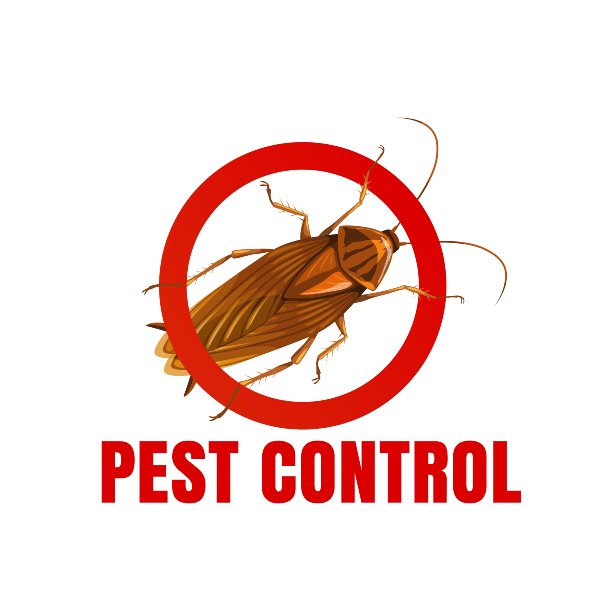A1 Bed Bug Exterminator Charlotte - Specialized Bed Bug Elimination
A1 Bed Bug Exterminator Charlotte - Specialized Bed Bug Elimination
Blog Article
Bed Pest Treatment Malfunction: Comparing Chemical Vs. Non-Chemical Solutions
In the world of insect control, particularly when dealing with the relentless issue of bed bugs, the choice between chemical and non-chemical therapy remedies can be a pivotal one. Both methods use distinctive benefits and drawbacks, influencing aspects such as efficiency, security considerations, and general cost. By examining the nuanced details of each approach, a clearer understanding of which course to seek in resolving a bed pest problem can be achieved.
Efficiency of Chemical Treatments
Chemical therapies for bed pest problems have actually been commonly acknowledged for their powerful and fast effectiveness in removing these insects. When taking into consideration the efficiency of chemical treatments, it is important to comprehend that they can give a complete and fast option to a bed bug problem.
In addition, chemical therapies have the benefit of offering recurring impacts, implying that they can proceed to remove bed insects even after the initial application. This recurring activity is especially valuable in combating any prospective re-infestations. Furthermore, the rapid action of chemical treatments can bring relief to individuals encountering serious bed insect infestations, permitting them to restore control of their home swiftly.
Safety And Security Worry About Chemical Solutions
One critical element that needs mindful factor to consider when using chemical solutions for bed pest treatment is making certain the safety of occupants and the setting. Direct exposure to particular chemicals used in bed pest treatments can lead to respiratory system issues, skin irritability, or various other adverse reactions, specifically in people with pre-existing conditions or level of sensitivities.
Moreover, the ecological effect of chemical services is one more significant consideration. Some chemicals made use of in bed insect treatments might be hazardous to helpful pests, wildlife, and environments if they seep right into the dirt or water supply. It is necessary to utilize chemical treatments carefully, adhering to security standards, and considering less harmful options to minimize these dangers and ensure the safe and reliable administration of bed bug invasions.
Benefits of Non-Chemical Approaches
Thinking about the possible safety issues and ecological impact associated with chemical solutions for bed pest treatment, checking out non-chemical strategies presents a promising option with numerous unique benefits. Non-chemical therapies are eco pleasant, as they do not contribute to air or water pollution, making them a sustainable selection for pest control.
In addition, non-chemical remedies can be efficient in targeting bed insects, including hard-to-reach areas where chemical treatments might not pass through. Techniques such as heat therapy, vacuuming, heavy steam cleaning, and cushion encasements give complete eradication without using damaging chemicals. In addition, non-chemical which termite treatment is best approaches can be less turbulent, needing marginal preparation and allowing for quicker reentry right into dealt with areas. Generally, choosing for non-chemical bed insect therapy techniques not only focuses on security and environmental management but likewise guarantees reliable and thorough insect control.
Limitations of Non-Chemical Treatments

Additionally, non-chemical treatments commonly call for several applications to attain effective elimination. This can be time-consuming and might not constantly guarantee complete removal of all bed insects and their eggs, especially in hard-to-reach or surprise locations.
In addition, the success of non-chemical treatments heavily depends on appropriate execution and thoroughness, which can be testing for individuals without expert knowledge. Poor application of non-chemical techniques might result in incomplete removal, resulting in persistent problems and the demand for extra treatments.
Therefore, while non-chemical therapies have their advantages, it is important to acknowledge these constraints and consider them when determining the most reliable technique have a peek at this website for taking care of bed bug problems.
Expense Comparison: Chemical Vs. Non-Chemical Options
Offered the constraints related to non-chemical therapies, a crucial facet to review in the context of bed bug monitoring is the expense comparison between chemical and non-chemical alternatives. Chemical therapies commonly entail the application of insecticides by experts, which can range from $250 to $900 per room, relying on the severity of the infestation and the size of the location to be dealt with. In comparison, non-chemical treatments like warm treatment or vapor can be a lot more costly, with expenses ranging from $1,000 to $6,000 for an entire home. While the initial cost of chemical treatments may seem reduced, multiple treatments might be called for to totally get rid of the invasion, possibly boosting the overall price. On the various other hand, non-chemical alternatives may give an extra sustainable and green option, although they can be cost-prohibitive for some people. Inevitably, when considering the cost of bed insect therapy options, it is essential to evaluate the in advance expenditures against the effectiveness and lasting sustainability of the chosen technique.
Verdict

Considering the potential safety and security issues and environmental effect connected with chemical options for bed bug therapy, discovering non-chemical approaches offers an appealing choice with several unique benefits.Offered the restrictions connected with non-chemical therapies, an important facet to assess in the context of bed bug administration is the cost contrast between chemical and non-chemical alternatives. In comparison, non-chemical therapies like warm treatment or steam can be more pricey, with prices ranging from $1,000 to $6,000 for an entire home. While the preliminary expense of chemical treatments might seem lower, multiple treatments may be needed to completely get rid of the invasion, possibly increasing the general expense.In conclusion, when contrasting chemical and non-chemical bed bug therapy choices, it is essential to think about effectiveness, safety and security, benefits, restrictions, and cost.
Report this page